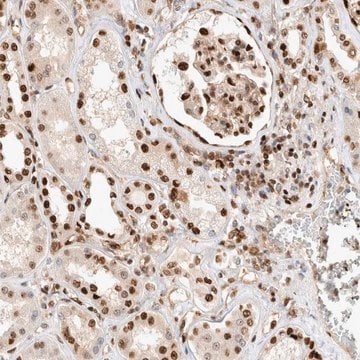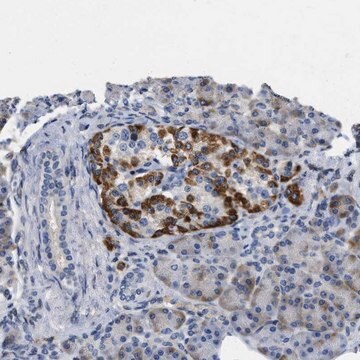PSDVAG021
Prostak™ MF Module
pore size 0.65 μm
Synonim(y):
Prostak™ MF Module 0.65 m 2 stack 0.17μm 2
About This Item
Polecane produkty
Materiały
PVDF
silicone gasket
Poziom jakości
Właściwości
hydrophilic
producent / nazwa handlowa
Prostak™
Parametry
2.1 bar max. transmembrane pressure (30 psi) at 50-80 °C
4.1 bar max. inlet pressure (60 psi) at 50-80 °C
4.1 bar max. transmembrane pressure (60 psi) at 50 °C
5.5 bar max. inlet pressure (80 psi) at 50 °C
dilution
(concentration and clarification)
Wysokość
4.6 cm (1.8 in.)
Długość
38.9 cm (15.3 in.)
Szerokość
19.8 cm (7.8 in.)
device size
, 2 stack
powierzchnia filtracyjna
0.17 m2
membrane nominal area
0.17 m2
masa
1.6 kg (3.5 lb)
macierz
Durapore®
wielkość porów
0.65 μm nominal pore size
0.65 μm pore size
pH
1-11(short duration)
2-10(continuous)
Opis ogólny
This Prostak™ microfiltration open-channel module features a Pore Size of 0.65 μm and a filtration area of 0.17 m2. PSDVAG021 is available in a 2 stack, making it applicable for bench-top, pilot, and production scale systems.
The modules can be integrity tested and steam sterilized for 20 cycles.
Prostak™ MF modules must be used with a support holder, which controls deflection and provides sanitary fittings for connection to external piping. Sanitary gaskets supplied with the module provide a leak-free connection between the module(s) and the holder.
Zastosowanie
Prostak™ microfiltration is used for separations where viscosity and suspended solids levels of the feed stream require an open feed channel. They are typically used in perfusion applications or in the clarification/harvest of:
- Mammalian, bacterial and mycelial cell suspensions
- Emulsions and colloidal suspension
- Viruses, proteins and other bio-organic macromolecular solutions
- Polysaccharides and other high viscosity solutions
- Yeast, algae, and other high solids suspensions
- Protein precipitate
- Vaccines
Cechy i korzyści
Inne uwagi
Informacje prawne
Certyfikaty analizy (CoA)
Poszukaj Certyfikaty analizy (CoA), wpisując numer partii/serii produktów. Numery serii i partii można znaleźć na etykiecie produktu po słowach „seria” lub „partia”.
Masz już ten produkt?
Dokumenty związane z niedawno zakupionymi produktami zostały zamieszczone w Bibliotece dokumentów.
Nasz zespół naukowców ma doświadczenie we wszystkich obszarach badań, w tym w naukach przyrodniczych, materiałoznawstwie, syntezie chemicznej, chromatografii, analityce i wielu innych dziedzinach.
Skontaktuj się z zespołem ds. pomocy technicznej








